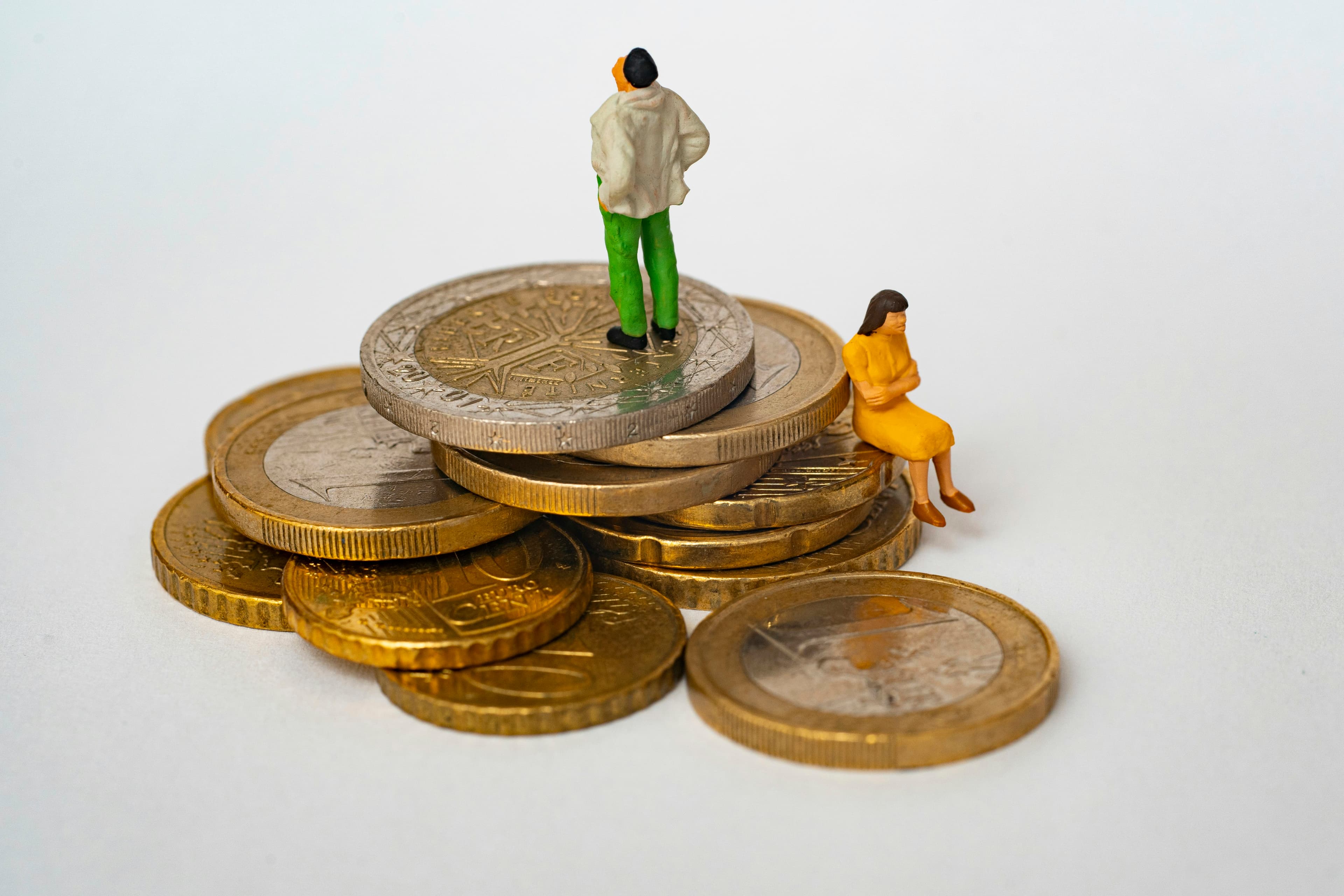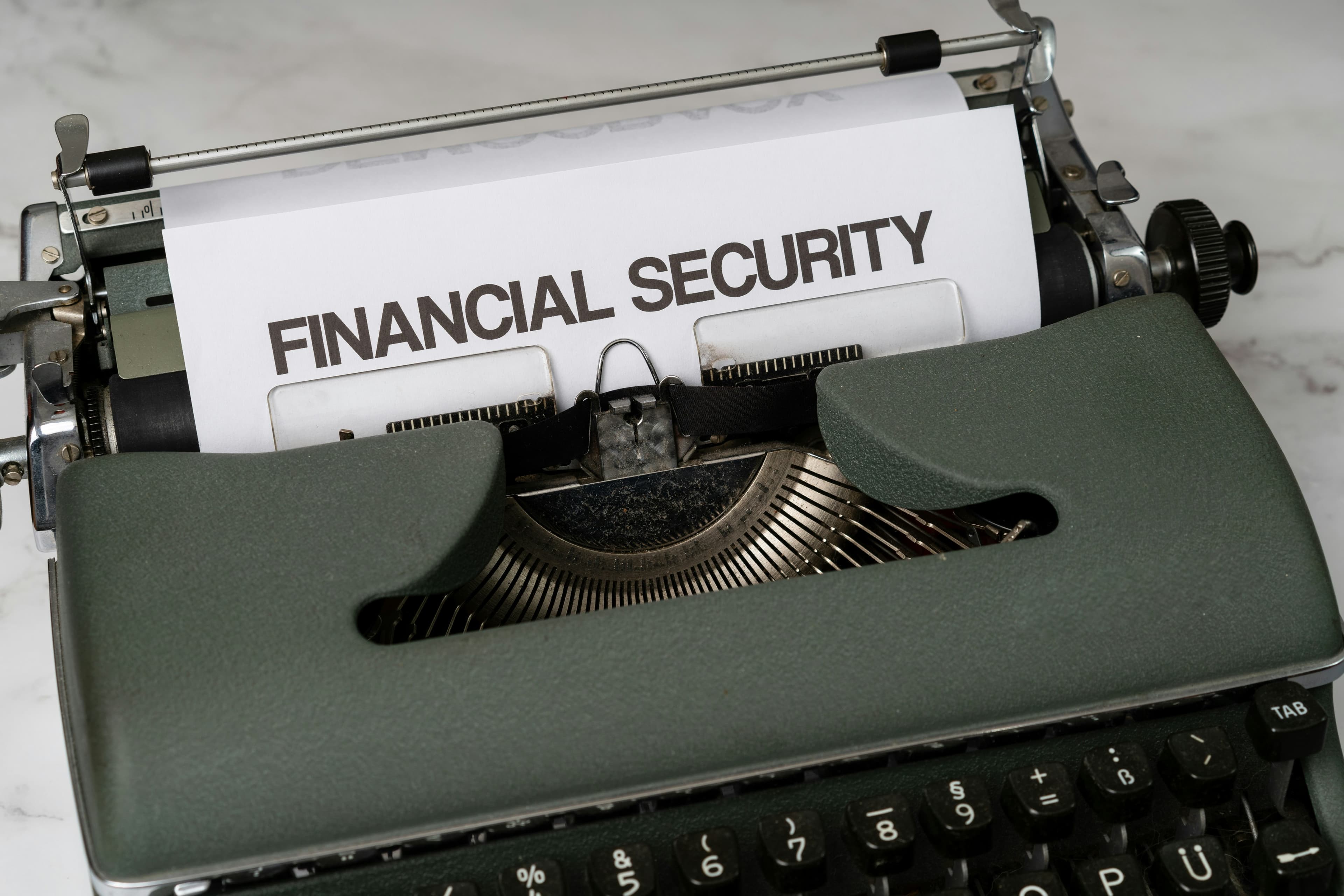Using Credit Cards Without Sinking Into Debt

There’s no denying it—credit cards are incredibly convenient. They let you buy things online, reserve a rental car, or handle an unexpected expense without carrying a wad of cash. But if you’re not careful, that convenience can become the single biggest obstacle to your financial goals. To make credit cards work for you, not against you, you need to understand how they really operate.
The Good, the Bad, and the Ugly
On the one hand, credit cards offer some serious perks. You get a grace period, which can mean up to six weeks to pay for something without any interest. You can earn rewards like airline miles, hotel stays, or even cash back. And, importantly, responsible use helps you build a credit history, which is essential when you want to qualify for a car loan or a mortgage. This is a foundational piece of personal .
But there’s a dark side. The same card that offers convenience can trap you in a cycle of debt, with high interest rates making your original purchases cost far more than you intended. The appeal is instant gratification—you can have it all right now, and it doesn't even feel like you're spending real money. But that illusion fades quickly, and you can spend years, or even decades, trying to dig yourself out while your real dreams are put on hold.
Understanding the Different Kinds of Plastic
Not all plastic is created equal. Here’s a quick rundown of what you’ll find in the market:
- Think Visa, MasterCard, and Discover. They give you a preset credit limit based on your income and credit history. You can pay the balance in full each month, make a minimum payment, or pay any amount in between.
- Brands like American Express and Diners Club typically require you to pay the entire balance each month. They often don’t have a preset spending limit, but if you’re late with a payment, they might block your card.
- These sound fancy and come with extra perks like rental car insurance or extended warranties. But they also come with much higher annual fees. Sometimes, a “gold” card is just a regular card with a different color, so always check if the benefits are worth the cost.
- These are cards for specific retailers, like department stores or gas stations. They often come with special discounts or exclusive shopping events, which can be a nice perk if you’re a loyal customer.
- These cards have a computer chip with a preset dollar amount. You spend the value on the chip rather than charging against a line of credit.
The True Cost of Using Credit
The price you pay for using a credit card goes beyond the sticker price of your purchases. Key costs include the , which is a yearly charge for having the card, and , which are calculated based on your interest rate. Rates can vary wildly, so shopping around for a low-interest card can save you a significant amount of money. You might also run into other fees for things like late payments, exceeding your credit limit, or taking out a cash advance.
One of the most misunderstood features is the . This is the time between when you're billed and when your payment is due, usually around 25 days. If you pay your entire balance by the due date, you generally won't pay any interest. However, if you carry a balance from one month to the next, you often lose that grace period on new purchases, and interest starts piling up from the day you make the transaction.
How Minimum Payments Keep You in Debt
It might sound obvious, but a credit card company’s goal is to make money. The low minimum payment they set isn't a favor—it's a business strategy designed to maximize their profits. By paying only the minimum, you’re playing their game, not yours.
Consider this: if you have a $2,500 balance on a card with an 18% interest rate, and you only make the minimum payment (which used to be around 2%), it would take you almost to pay it off. In the end, you’d pay an extra $2,156 in interest alone. Your $2,500 purchase would actually cost you $4,656. That extra $2,156 is money you could have used for something else, like .
Excellent and anyone trying to get ahead means understanding this opportunity cost. Instead of paying thousands in interest, you could be funding a or building your savings.
What to Do If Your Credit Is Damaged
Sometimes, life happens. A divorce, job loss, or just some poor choices can lead to a bad credit history. If you're in this boat, you can still get a credit card, but the terms won't be as good. You'll likely face a low credit limit (around $500) and a very high interest rate. The key is to use that card wisely and make every payment on time to slowly rebuild your credit.
If you get turned down for a major credit card, try a store or gas card, as they are often easier to get. Another option is a . With a secured card, you deposit your own money into a savings account, and that deposit acts as your credit line. After 12 to 18 months of on-time payments, many people can “graduate” to a regular, unsecured card. Just make sure the card issuer reports to the credit bureaus, or it won't help you rebuild your history.
Protecting Yourself from Fraud and Theft
In today's world, you have to be vigilant about protecting your financial information. Here are a few essential tips:
- Don’t leave them in your car or out on your desk.
- Don't use obvious numbers like your birthday or address.
- Never give your card number to someone who calls you unexpectedly, even if they claim you've won a prize.
- Shred old cards, bank statements, and credit offers before throwing them away to protect yourself from identity theft.
If your card is ever lost or stolen, report it immediately to the issuer. Under federal law, if you report it before any fraudulent charges are made, you have zero liability. If charges are made before you report it, the most you can be held responsible for is $50 per card. Strong and employees alike starts with being proactive about security.
Finally, know your rights. The Credit CARD Act of 2009 put several protections in place for consumers, including limits on retroactive rate increases, requiring 45 days’ notice for any changes to your terms, and ensuring your payment due date is on the same day each month. Staying informed is your best defense.








